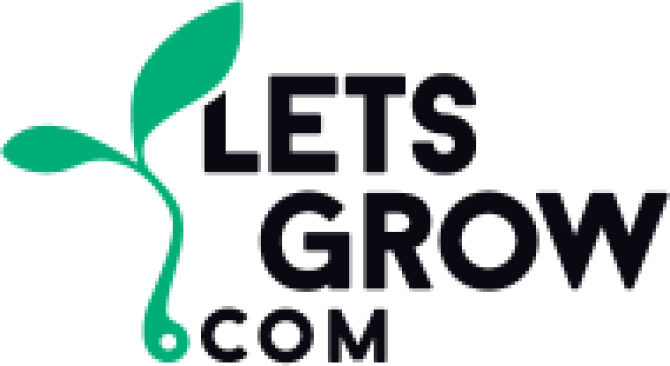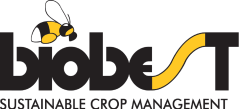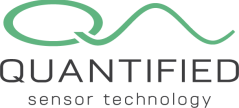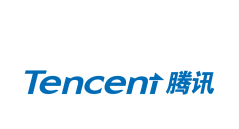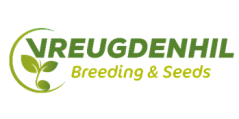
Generic article
Online Challenge and Hackathon
Teams were recruited to participate in the Online challenge. It served for scouting of talents and further build the international Autonomous Greenhouse community. The top 5 teams were selected and rewarded with a spot in the Autonomous greenhouse growing challenge.
We believe the following expertise from the teams are needed for fully autonomous crop control: Machine learning skills, Computer vision skills, Collaboration within the teams and Communication towards the AI and horticultural sector. All these skills have been tested during the Online and Hackathon phase.
The following 5 teams were selected for the Greenhouse Growing phase:
- IDEAS
- MuGrow
- AgriFusion
- Team Trigger
- Tomatonuts
Solve an optimisation goal with machine learning
For the first aspect of the Online challenge, teams will be able to show their machine learning skills and interact online with a simple greenhouse climate and crop model from WUR (“simulator”) which will be parametrized for use during the Online challenge. This year’s crop will be dwarf tomato. Teams will get an optimization goal (e.g. maximum energy use efficiency per given period) which they will have to solve within a given time period. The team with the best result wins. To make sure that the teams’ algorithms operate fully automatically, a limited time will be given for judging after a longer period for algorithm development. WUR will provide a simple dwarf tomato growing model that can be uses to develop and train algorithms. During the judging, the teams will have to provide the optimal strategy for growing the crop after a small change in the boundary conditions (e.g. different global location of the greenhouse, weather conditions, planting date, electricity prices, unavailability of energy etc.) within a short time period to ensure that the algorithm is operating autonomously. The quality of the algorithm will be judged on predetermined criteria and the team closest to the optimization goal wins.
Train your computer vision algorithm
For the second aspect of the Online challenge, teams will be able to show their computer vision skills. They will be given annotated pictures of dwarf tomato plants in different growth stages so they can train a computer vision algorithm. This algorithm should be able to estimate the correct LAI and pre-determined growth parameters of the plant (e.g. flower initiation rate, fruit set, fruit number and ripeness) and/or detect pests on leaves in previously unknown pictures. A set of annotated pictures will be made available, which will be used partly for training and partly for judging. To make sure that the teams’ algorithms operate fully automatically, a limited time will be given for judging after a longer training period. We can reasonably expect that an algorithm trained on a set of annotated dwarf tomato crop images in a wide range of stages and with or without deficiencies, will be able to classify unseen pictures within seconds. The quality of the algorithm will be judged on the ground truth. The team with the best algorithm wins.
Hackathon event
Like in previous editions of the challenge, we will organize a Hackathon for the final judging of the Online challenge: a physical gathering at WUR Greenhouse Horticulture in Bleiswijk, the Netherlands. At the Hackathon event, we will select the top 5 best teams that will go on to compete in the Autonomous Greenhouse growing challenge. The Hackathon also allows us to connect Challenge participants form AI and horticulture and different cultural backgrounds, to exchange knowledge, and stimulate interaction.
Thanks to our sponsors
